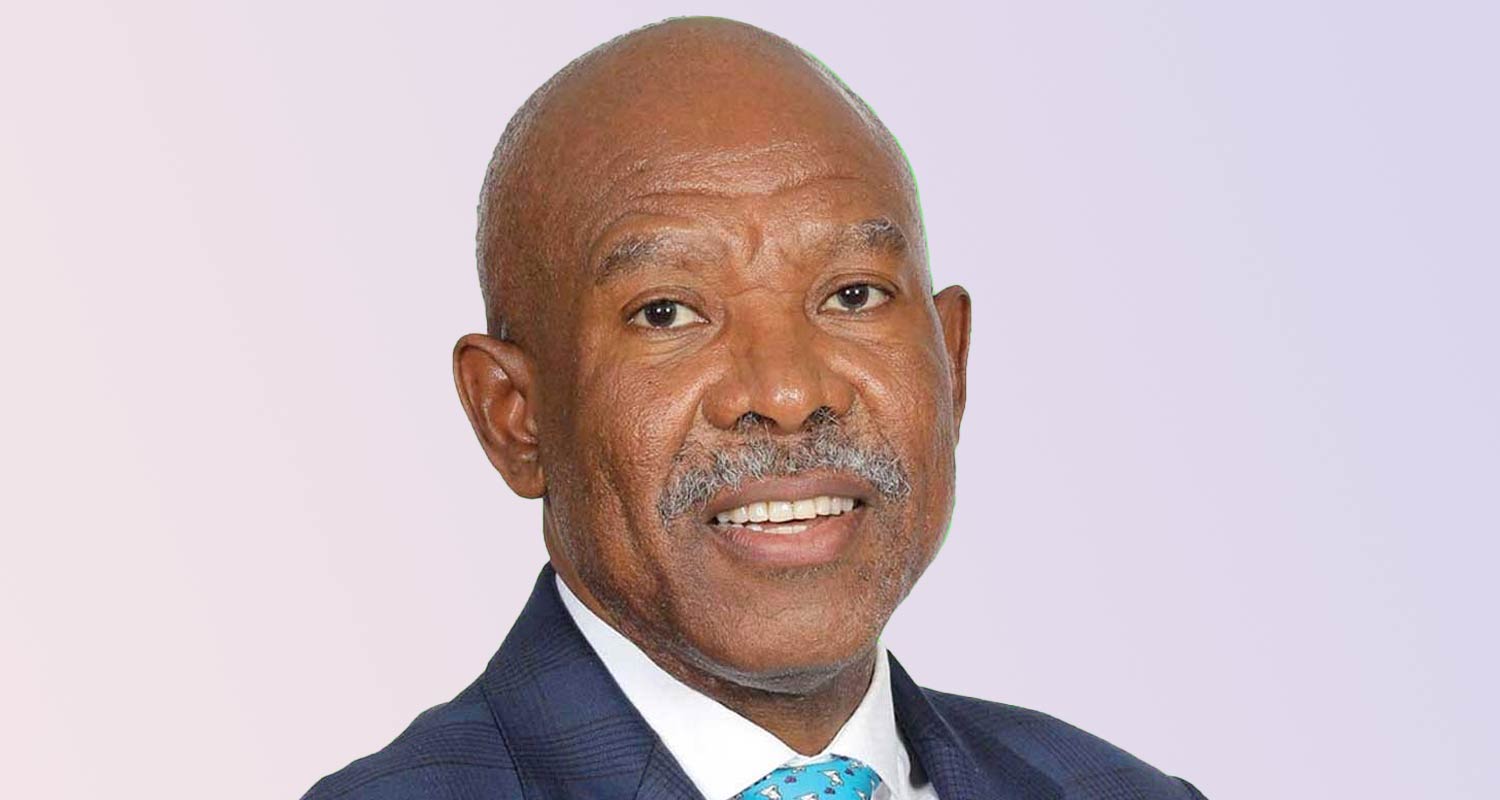 Eskom is seeking a jumbo electricity price hike, spelling good news for its creditors but pain for customers and possible fallout for the country’s economic growth.
Eskom is seeking a jumbo electricity price hike, spelling good news for its creditors but pain for customers and possible fallout for the country’s economic growth.
The state-owned power utility has asked energy regulator Nersa to approve a 36% price increase for its 2026 financial year, a figure far surpassing the country’s inflation rate.
While the move would benefit bondholders by boosting Eskom’s cash flow, the impact on consumers and businesses could be serious, adding to inflation pressures and hampering growth.
Eskom says the proposed tariff increase is critical to its financial health, with the utility burdened by more than R400-billion in borrowing.
“From an investor’s perspective, this would be a great deal because it would help deleverage the pile of debt,” said Manuel Mondia, research analyst & portfolio manager at Aquila Asset Management.
The yield on Eskom’s unsecured 2028 bonds declined seven basis points on Thursday to trade at 6.78%, its lowest level since November 2021. The yield has dropped 472 basis points in the year to date.
Mondia said that years of mismanagement and an unsustainable cost structure have forced Eskom into a catch-up situation. “Tariffs in the past were inadequate, and now they have to rush to catch up. The key question is whether this will be approved,” he said.
Elevated
Eskom’s proposed hike will add to already elevated electricity costs. Since 2010, its aggregate standard tariffs have increased at almost 15% annually, compared to average inflation of about 5.2% over the period, according to research done by Codera Analytics.
Electricity prices and other fuels account for 3.7% of South Africa’s inflation basket, “but an outsized increase in tariffs means it can have a significant impact on inflation”, said Yvonne Mhango, Africa economist at Bloomberg Economics. A rise in prices will weigh on the country’s inflation outlook, she said. It could also have implications for borrowing costs.
Read: Eskom turns to gas to support shift to renewables
South African Reserve Bank governor Lesetja Kganyago and his colleagues last week cut interest rates by 25 basis points to 8% after holding them at a 15-year high since May 2023 to quell price pressures.
The Bank’s move followed a drop in the annual rate of inflation to 4.4% in August from a post-pandemic high of 7.8%, and Kganyago said any additional rate cuts will depend on inflation remaining in check.

The central bank chief in the past has lamented the role played by administered prices including utilities in keeping inflation high, and by extension, interest rates elevated. In July, he said that the monetary policy committee had to “mark up electricity inflation for this forecast round, even as other categories shifted lower”.
Eskom’s requested tariff increase, if approved, would also push up the cost of doing business, notably for the country’s energy-intensive mining industry, as well as for many other businesses, at a time when economic growth in South Africa remains subpar.
“On one hand, the ministry of finance insists Eskom must clean up its balance sheet,” Mondia said. “On the other hand, a 36% hike in a fragile economy like South Africa is massive.” — (c) 2024 Bloomberg LP
Don’t miss:
Eskom says prior tariff hikes were ‘inadequate’ as it seeks 36% increase




